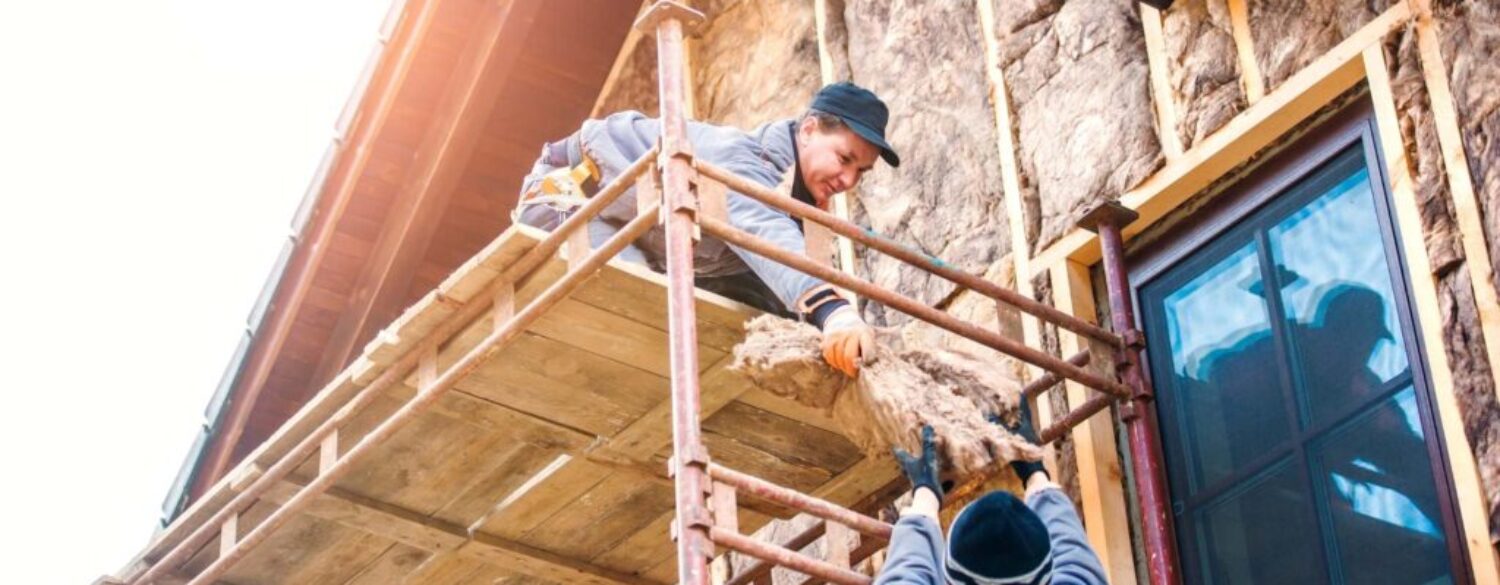5 Insulation Problems Home Inspectors Look For
Insulation makes your home warmer in the winter and cooler in the summer, so it must be in good shape to ensure a comfortable living environment. However, insulation defects can occur when insulation was not properly installed (usually because of a rush construction job and cost cutting measures), or simply due to old age. Here are five common insulation defects that your home inspector will be checking for.
Too Little Insulation
The biggest insulation issue that many homes have is too little insulation, and insulation not reaching the recommended R-value, or resistance of heat transfer. Homes in warmer climates in the south have a recommended R value of 30; homes in the middle of the country need insulation with an R value of 38; and homes in colder northern regions like Minnesota and North Dakota need insulation with R values of 49.
To achieve the correct R-value, it’s sometimes necessary to layer insulation. For example, roll batting insulation with an R value of 13 can be applied between wood joists; but, you still need another layer to reach the recommended R value of 38. So, another layer of insulation, like a rigid foam with an R value of 35, should be applied perpendicular to the roll batting so it covers the wood joists, which are prone to air leaks.
Dirty or Compressed Material
Insulation works best when it’s thick, fluffy, and accurately covers an area without overstuffing it. Over time insulation can get dirty from environmental conditions, pest infestations and droppings, or dust and debris. Fluffy insulation works best because it has air spaces that more effectively block thermal transfer.
Reversed Vapor Barrier
Batt and roll insulation (the pink, fluffy material you may have seen at the hardware store or in your own home) has a paper or foil covering on the back side. This covering, known as the vapor barrier, should not be showing. The vapor barrier prevents moisture from seeping into insulation, which is key to avoiding water damage and mold. Moldy insulation circulates mold spores throughout your home and creates drafts that affect your home’s temperature.
Insulated areas without ventilation
Spray foam insulation can make a home air tight, which is good for maintaining consistent temperatures, but it also means that dust, debris and other components that affect a home’s air quality also stick around. The best way to combat this issue is with mechanical ventilation to ensure that those components that negatively affect your air quality get moved out of the home.
Unsealed air leaks in attics
Although your home’s attic may look properly insulated when there’s pink roll insulation batting covering the floors, ceilings, and walls, there are smaller areas that need just as much attention. A common insulation defect includes attic windows that have not been sealed around the casing and that lack foam weatherstripping around the sash and jambs. Other common defects are a lack of insulation around pipes, wires, exhaust fans, ducts, and around chimneys and flues.
These are just a few of the most common insulation defects, but there are more to be aware of. Get more information about insulation defects and schedule an inspection with South Sound Inspections today.



